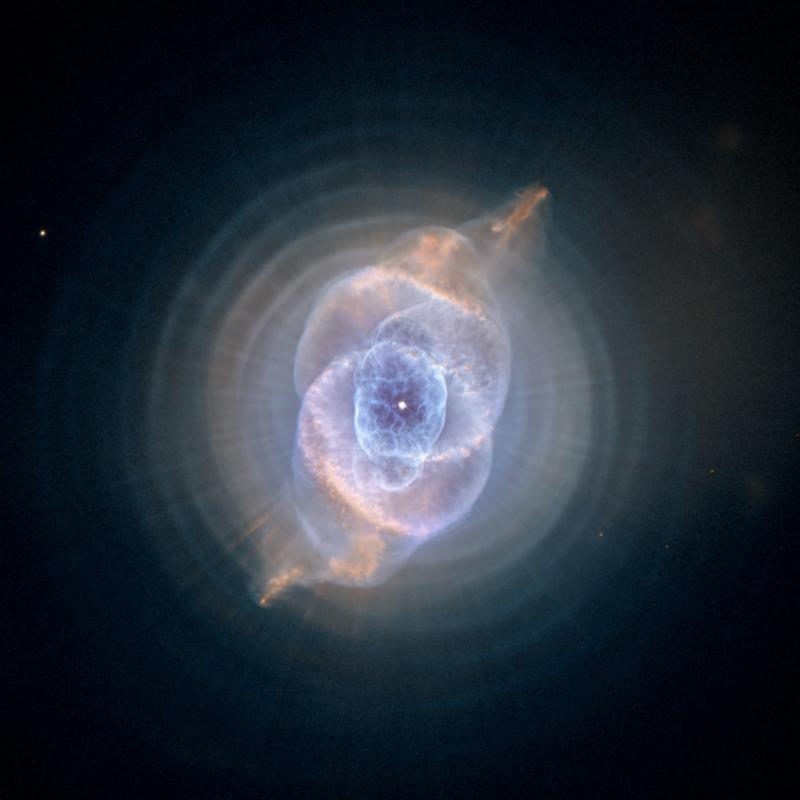Herschel/Planck New Launch Date Scheduled
By BellatrixThe largest mirror ever to be launched into space now has a set launch date. The European Space Agency’s Herschel Space Observatory and Planck Satellite are set to launch into space May 6th. . Together these two pieces of equipment should be bringing in lots of new and exciting information about our own solar system and distant galaxies.
Sir Frederick William Herschel was a German born British astronomer from the 18th and 19th century. He was most famous for discovering the planet Uranus and discovering infrared radiation. The Herschel Space Observatory will be the first to cover the full far infrared and sub-millimeter telescope. The large mirror measures in at 3.5 meters; it’s a novel and advanced concept using 12 silicon carbide petals brazed together into a single piece. It is one of the major technological highlights of the mission. Herschel will be investigating a large array of astronomical objects including: galaxy formation in the early universe and galaxy evolution, star formation and its interaction with the interstellar medium, chemical composition of atmospheres and surfaces of solar system bodies, and molecular chemistry across the universe. Sounds like it has it work cut out.
The Planck Satellite will be going up with Herschel Observatory. The satellite is named after the famous German physicist Max Planck who is considered the founder of quantum theory. The satellite was designed to observe the anisotropies of the cosmic microwave background radiation, or CMB, over the entire sky using high angular resolution. The mission is meant to improve upon the data collected from the well-known WMAP mission and will be used to test theories of the early universe and the origin of cosmic structure.
Herschel and Planck will start their journey in space on board an Ariane 5 departing from Europe’s Spaceport in Kourou, French Guiana. Final preparations for the launch are now being made such as fueling the two satellites and filling Herschel’s cryostat (a vessel used to maintain cryogenic temperatures) with helium. Once launched the two satellites will separate and be put into separate orbits around the second lagrangian point of the earth-sun system, a distance of about 1.5 million km’s from Earth. Both satellites are part of the European Space Agency’s Horizons 2000 Scientific Programme, which consisted of about 15 satellite or telescope projects over the last 20 years including such other projects as Cluster, Huygens, XMM-Newton, and others.
The launch of these two satellites/observatories is exciting. They are new and advanced pieces of technology aimed at answering some large questions in astronomy today. And are a fine example of astronomy goals and projects outside of the US. So for now we just have to keep our fingers crossed and hold our breath for a successful launch and problem free start up.

